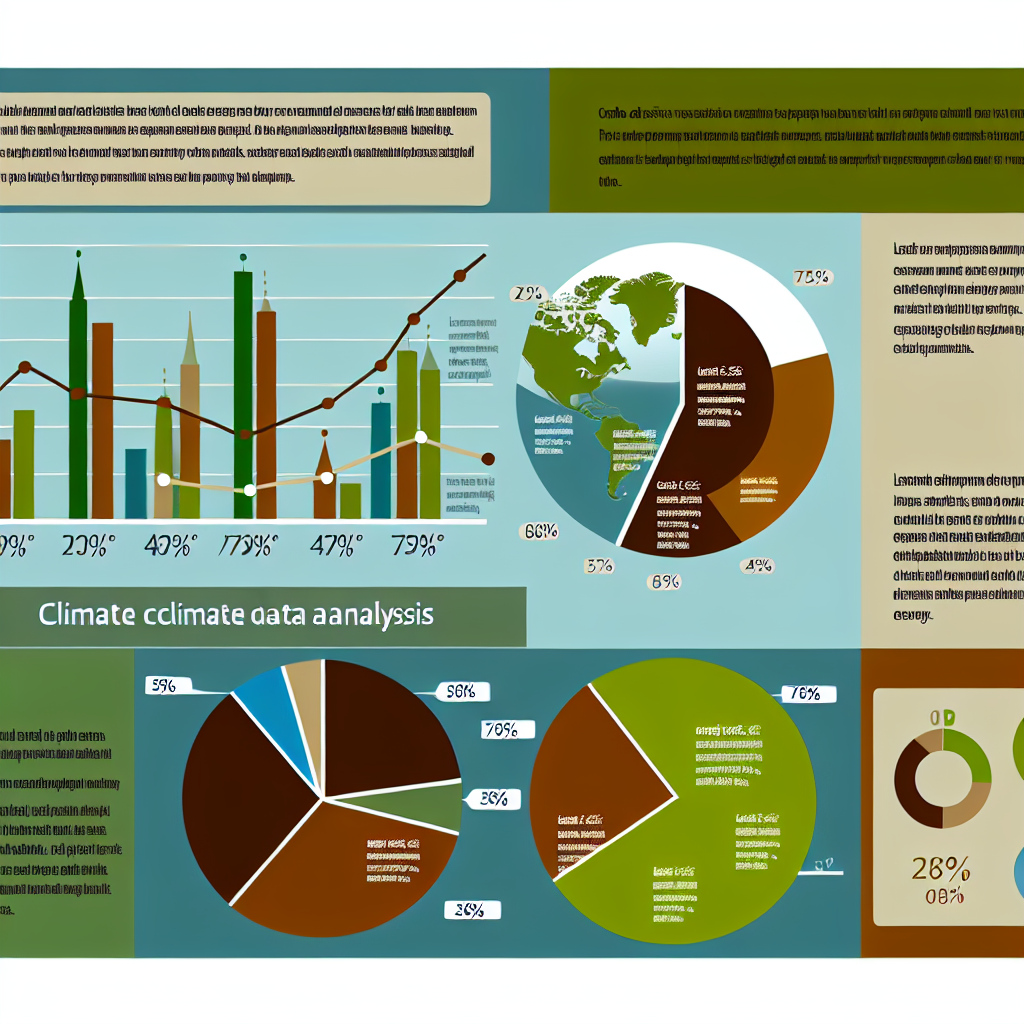Advanced Data Science Climate Solutions for 2025
In an era of escalating climate urgency, the role of data science in climate change mitigation and adaptation has never been more pivotal. The wealth of environment data today provides unprecedented opportunities for professionals to leverage AI and machine learning in addressing global heating. This article explores cutting-edge applications, providing insights into how data science is transforming the landscape of climate action. From innovative data frameworks to real-world case studies, we will delve into how these technologies are paving the way for a more sustainable future. Navigate through the sections to uncover future directions, actionable solutions, and enhanced predictive models in the realm of environmental data management.
Table of Contents
Innovative Applications in Climate Science
The realm of climate science is witnessing a revolutionary wave driven by advanced data science techniques. Employing neural networks and deep learning algorithms, researchers are now capable of predicting climate patterns with unmatched accuracy. Such technologies are essential in realizing the full potential of environment data, enabling the analysis of vast datasets to forecast weather anomalies and model ecosystem changes.
Applications like Earth observation satellites integrate AI for real-time data processing, offering insights into deforestation rates, ice cap melting, and sea-level rise. Coupled with resource management algorithms, these insights support stakeholders in making informed decisions that mitigate adverse effects on the environment.
Data Science Frameworks for Environmental Data
As the complexity and volume of environmental datasets grow, leveraging robust data science frameworks becomes imperative. TensorFlow, PyTorch, and Scikit-learn have proven indispensable for climate data analytics, offering tools for machine learning model creation, testing, and deployment. These frameworks empower scientists to construct predictive models with greater efficiency and precision.
The recent advancements in large-scale data processing frameworks such as Apache Spark have facilitated the handling of terabytes of climate data. This capability allows for the extraction of patterns and trends crucial for understanding long-term climate behavior. Furthermore, initiatives like the Earth System Data Cube (ESDC) provide a comprehensive platform, enhancing the accessibility and usability of complex datasets.
Real-World Impact and Case Studies
One notable example of data science in action is its application in optimizing renewable energy outputs. A joint project between Google and DeepMind has harnessed machine learning to enhance the efficiency of wind energy production by predicting wind patterns using vast arrays of meteorological data.
Similarly, in urban settings, data science has facilitated the development of smart systems that optimize energy consumption, substantially reducing carbon footprints. Through predictive analytics, cities can now forecast energy demand and supply, curbing waste and enabling more sustainable consumption patterns.
Future Trends and Technologies
Looking ahead, AI and data science promise even greater impacts on climate resilience. The integration of quantum computing stands to revolutionize how environment data is analyzed, offering exponentially faster processing speeds and more complex model testing capabilities. Moreover, the advancement in AI-powered remote sensing technologies will enhance real-time monitoring of environmental changes across the globe.
The implementation of federated learning is set to play a crucial role in global climate strategies, allowing collaborative data models without compromising data privacy. This technology could lead to unprecedented collaborations across nations, facilitating joint efforts in addressing climate challenges.
FAQs
How does data science contribute to climate change solutions?
Data science provides analytical tools that enhance the understanding and prediction of climatic events, enabling proactive measures in climate change mitigation and adaptation.
What is the role of AI in environmental data management?
AI facilitates the processing and analysis of complex environmental data, offering real-time insights and predictive analytics that drive strategic environmental management.
Can machine learning improve renewable energy efficiency?
Yes, machine learning optimizes the efficiency of renewable energy sources by predicting energy outputs and enabling better resource allocation based on environmental data.
What emerging trends in data science could impact future climate strategies?
Emerging trends include quantum computing for faster data processing, AI-driven remote sensing for real-time monitoring, and federated learning for collaborative, secure data models.
Conclusion
In conclusion, the integration of data science in climate change offers a transformative approach to understanding and addressing environmental challenges. Continuous advancements in AI and data frameworks are pivotal in enhancing our capacity to predict and respond to climatic variations effectively. As technology evolves, the prospects of mitigating climate impacts grow significantly, emphasizing the need for ongoing investment and research in data science.
To stay updated on these trends and explore in-depth analysis, subscribe to our newsletter and access our extensive library of resources.



